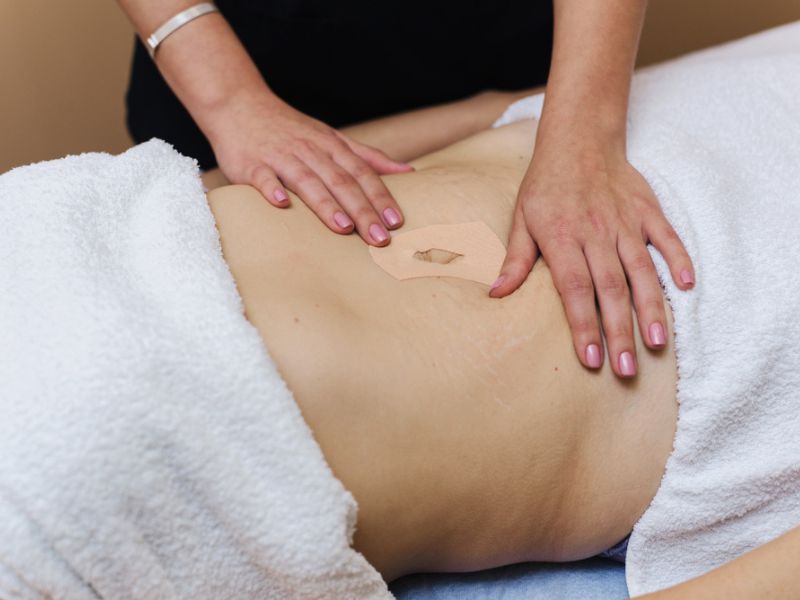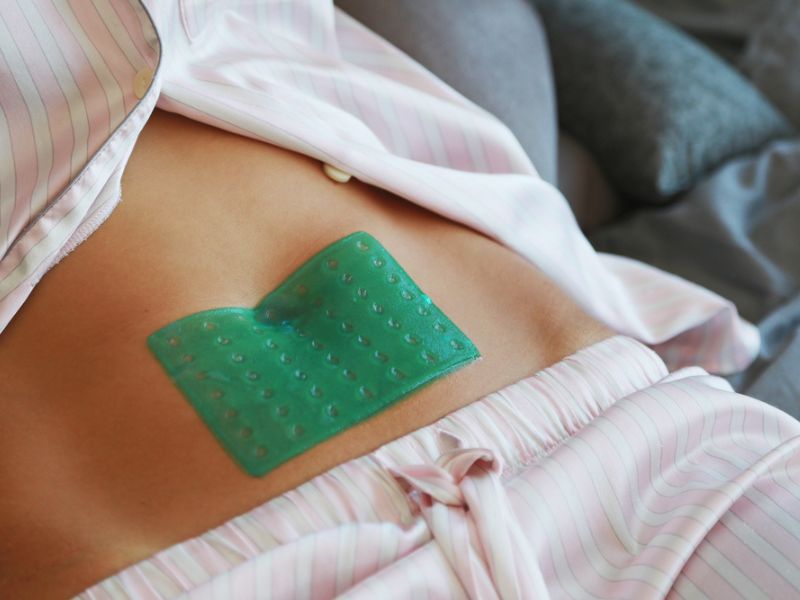Tons of supplements and aids promise quick weight loss if you have recently discovered ways to lose weight.
It sounds like magic to wear an adhesive that delivers fat-burning or metabolism-boosting ingredients to your skin, but it’s not what it sounds like. Dr. Jorge Moreno, MD, a Yale Medicine specialist in obesity medicine and internal medicine, says these patches can have adverse effects. The FDA does not regulate these stickies, so we can’t tell what exactly is in them.

Image Credit: Shutterstock/etonastenka
How Do Weight Loss Patches Work?
Charlie Seltzer, MD, a weight loss physician, says patches are different from oral supplements. In a nutshell, they’re large adhesive patches that you apply to the part of your body that you’re hoping to reduce. The products are available online, in brick-and-mortar nutrition stores, and on brands’ websites. The most frequently searched products are hukoto patches, hibana patches, and yasumint patches. Transdermal patches deliver their active ingredients directly into your skin, bypassing your digestive system.
Are Weight Loss Patches Effective?
These patches are easily applied to the skin like a large bandage. Most instructions suggest leaving the patch for at least six hours and using it three to four times a week. You can avoid GI issues with a patch-style delivery of anything, such as stomach pain and gastrointestinal distress, that can occur with oral supplements. Transdermal medicines may also work more effectively.

Image Credit: Shutterstock/Chernousov family
Can A Patch Be Harmful?
Dr. Seltzer recommends talking to your doctor before trying any weight loss patches. However, patches are generally not harmful, and you can’t expect what’s essentially just a large sticker to replace proper health and fitness. Dr. Seltzer said, “Despite the company’s efforts, there is no magic bullet regarding weight loss. It is absurd to try something ineffective and potentially dangerous.”